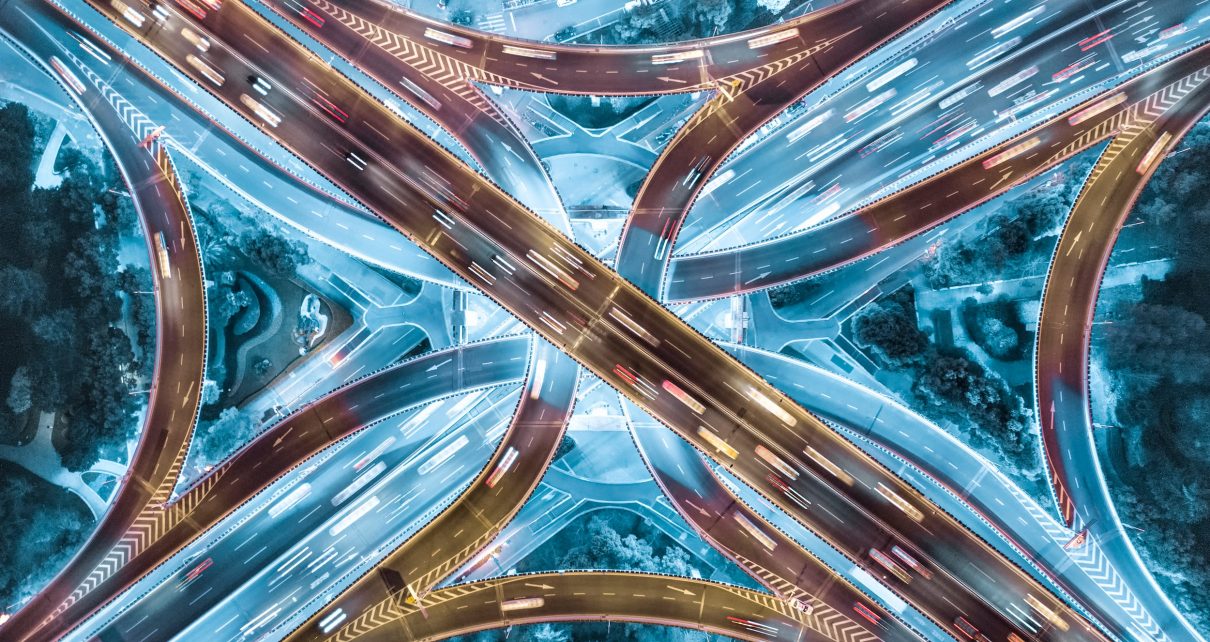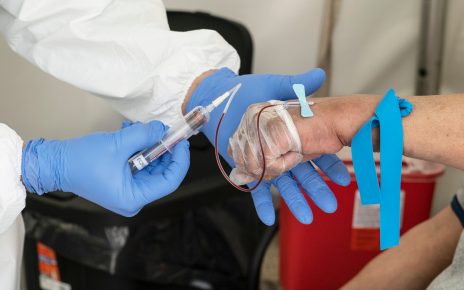As cities around the world—including Auckland, Jakarta, Melbourne and Tel Aviv—have entered seemingly endless cycles of lockdowns and viral resurgences, there is a pressing need to reassess this lockdown strategy given the economic, social and psychological damage it wreaks. Blanket lockdowns may be effective, but they are blunt and brutal tools. As this pandemic wears on, possibly for months or even years to come, we need a sustainable alternative that involves more targeted measures that are evidence-based and data-driven.
This pandemic has repeatedly proven that amid crisis comes opportunity. Being the first pandemic to break out in an intensely digitalizing and hyperconnected world, COVID-19 and its spread can be dissected using the big data that grow more voluminous by the day. Such data, aggregated from multiple sources, are game-changing in helping us identify “superspreader locales,” so that instead of locking down entire cities, we can take the more sustainable approach of shutting down or reconfiguring specific locations with high potential to trigger outbreaks.
Principally, certain locations, like people, can be spatial superspreaders, and big data are vital for identifying these weak spatial links. Because cities constantly hum with activity, where people transit, meet, mingle and disperse, they are centers of convergence for human interaction and disease propagation. Mapping the interplay between patterns of human mobility in and through cities with the contours of human co-presence activity is thus critical for managing all disease outbreaks, big or small.
Encouragingly, we have various illuminating sources of human mobility data at our disposal to identify vulnerable locations beset by the dangerous confluence of high human traffic, intense social interaction, and epidemiological conditions favorable to disease spread. These include urban analytics data capturing ground transportation trips. In cities such as Hong Kong, Paris and Singapore, such transportation data are systematically analyzed for improved urban and mobility planning. Newer data streams from ride-sharing services, Internet of Things–connected devices including smart lampposts and smartphones running traffic apps, and social media posts with geolocation data, can also help to map where human mobility patterns, human co-presence activity and epidemic spread intersect.
Such valuable data on human activity can then be processed on the basis of the latest available epidemiological evidence of COVID-19 spread. Although this disease has been marked by numerous confounding factors, some facts are now well-established, such as that brief encounters outdoors are less risky than extensive interactions in closed quarters. Furthermore, there is now a wide expert consensus about the effectiveness of pervasive mask-wearing and social distancing measures.
Nonetheless, our fragmentary understanding of the interplay between COVID-19 transmissions and human social interaction in various settings is the principal challenge to developing a detailed map of all infection pathways across a range of social groups and activities. To devise targeted containment strategies in urban settings, it is imperative to advance our knowledge about this complex interplay.
New evidence is being rapidly gathered, thereby creating a useful knowledge base for local governments and health departments to adapt, refine and sharpen their prevention and containment strategies. By integrating epidemiological findings with data on human mobility and physical interaction, superspreader locales can be effectively identified and contained, while vulnerable populations can be better supported and managed.
With safe and effective vaccines still far on horizon, we need to marshal the resources we currently possess to tackle this disease, and big data constitute potent ammunition. Healthier funding is imperative for boosting research on the nature of human movement and social interactions spanning the spectrum of typical urban locations. Cities must therefore commit resources for collecting such human mobility data and to establish legal and technical structures for such data to be shared in the interest of societally beneficial research.
Our battle with COVID-19 has necessitated the deployment of varied strategies, some of which have proven more effective than others. As we take a hard look at the different containment tactics and their trade-offs, blanket lockdowns seem to have yielded mixed results. Rather, distilling and blending insights from big data and epidemiology to anticipate superspreading locales can help governments avoid imposing brutal, wholesale lockdowns. Granular, targeted and focused containment measures that are empirically based and supercharged by big data are a viable alternative. With such an approach, solutions for tackling COVID-19 need not appear arbitrary, grounded in conjecture or requiring a leap of faith.
This essay is based on an article that appeared in Nature on July 10, 2020.




